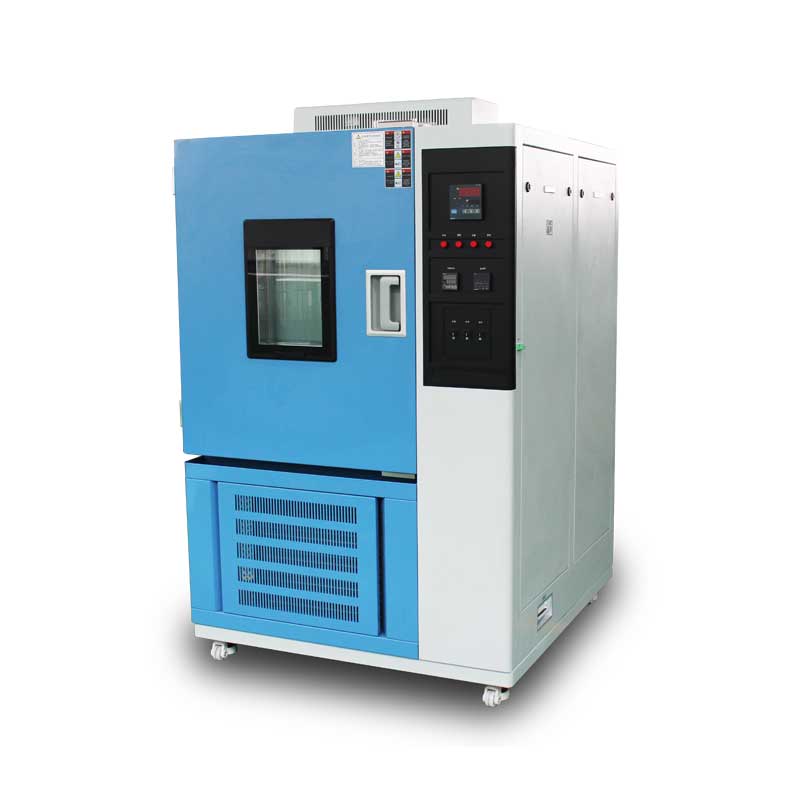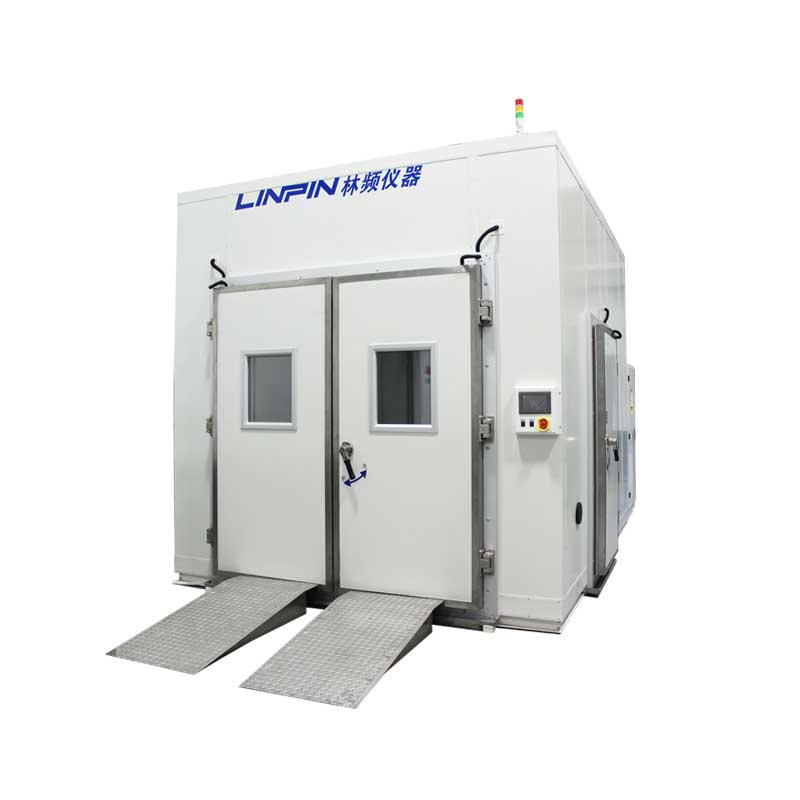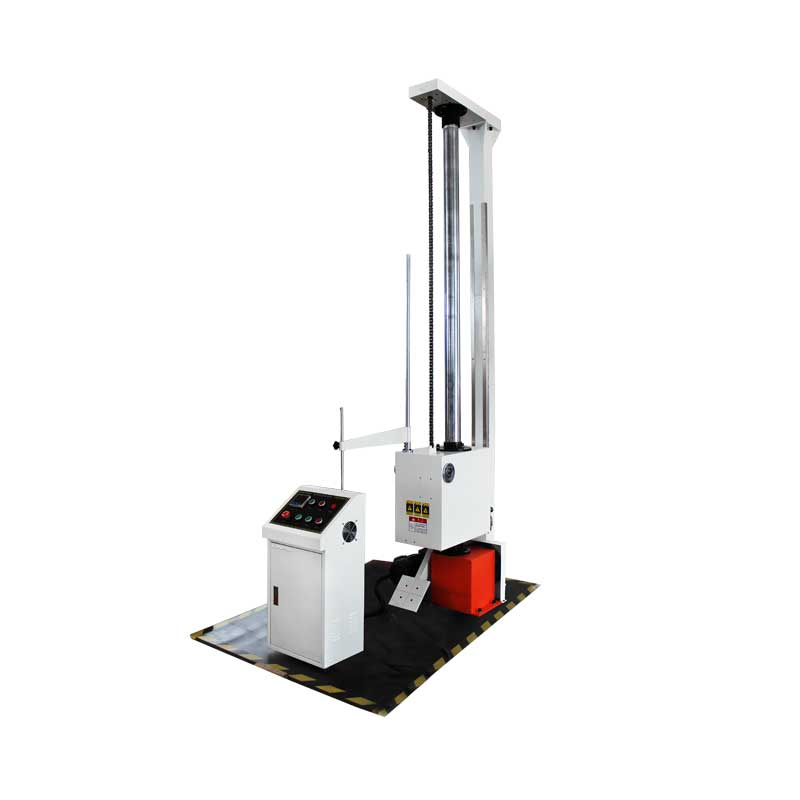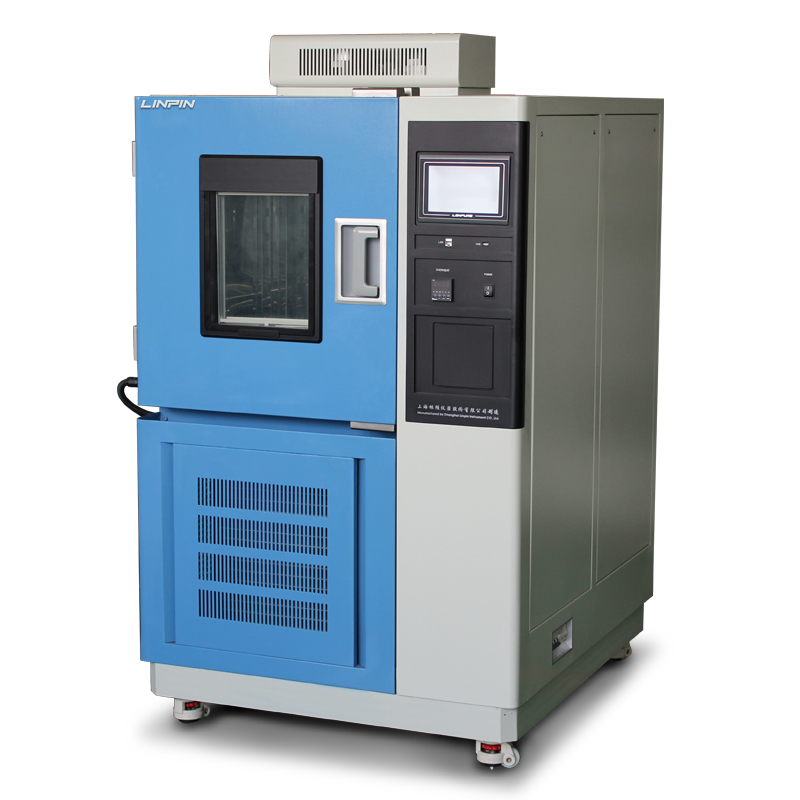Performance Standards for Thermal Chamber Temperature Uniformity and Stability
Author:LINPIN Update Time:2025-09-23 Source:LINPINThermal chambers, also referred to as environmental test chambers, are critical instruments in research, development, and quality assurance across industries such as aerospace, automotive, electronics, and pharmaceuticals. These systems simulate extreme temperature conditions to evaluate product reliability, material behavior, and component performance under controlled stress. Two of the most fundamental performance metrics for any thermal chamber are temperature uniformity and temperature stability (often referred to as fluctuation). These parameters define the precision and reliability of the chamber and directly impact the integrity of test results.
Defining the Metrics: Uniformity and Stability
It is essential to distinguish between these two interrelated yet distinct characteristics.
-
Temperature Uniformity (also known as temperature gradient or spread): This refers to the variation in temperature across the working volume of the chamber at a single point in time, once the system has reached a steady state at a target setpoint. It measures the spatial differences between multiple points within the test space. For instance, a point in the center of the chamber may read +100°C, while a point in the top rear corner reads +101.5°C, and a point near the door reads +99.0°C. The uniformity is the difference between the highest and lowest measured temperatures under stabilized conditions.
-
Temperature Stability (or Fluctuation): This refers to the variation in temperature at a single point within the working volume over a period of time, once the system has stabilized. It measures the temporal drift or oscillation of the control system around the setpoint. For example, a sensor may oscillate between +99.9°C and +100.1°C over a 30-minute period after stabilization. The stability is the peak-to-peak deviation from the setpoint at a fixed location.

Acceptable Ranges for Performance
There is no single universal "normal" range for uniformity and stability, as it is entirely dependent on the application's stringency, the chamber's design, and the governing standards. However, established industry conventions and standards provide clear frameworks for performance expectations.
Industry Standards: Key international standards, such as IEC 60068-3-5 and ASTM E145, provide rigorous methodologies for measuring and quantifying these parameters. These standards dictate the number of sensors required, their placement within the workspace, the stabilization criteria, and the data collection process. Compliance with these standards is a primary indicator of a chamber's capabilities.
Typical Performance Tiers:
-
Standard Performance Chambers: For many general-purpose applications, such as basic burn-in testing or less sensitive material tests, a typical acceptable range is:
- Uniformity: ±2.0°C to ±3.0°C
- Stability: ±0.5°C to ±1.0°C
-
High-Precision Chambers: For advanced applications in semiconductor testing, pharmaceutical stability testing, or calibration laboratories, much tighter control is mandatory. Chambers in this category are engineered for superior performance.
- Uniformity: ±0.5°C to ±1.5°C
- Stability: ±0.1°C to ±0.3°C
-
State-of-the-Art Chambers: The most advanced thermal chambers, often used for metrology and primary calibration or cutting-edge research, achieve exceptional levels of control. These systems represent the pinnacle of thermal management technology.
- Uniformity: As low as ±0.3°C or better over the entire workspace.
- Stability: As low as ±0.05°C or better over time.

It is critical to note that these values are typically specified at a stable setpoint (e.g., +150°C) and can vary significantly across the chamber's full operational range (e.g., -80°C to +180°C). Performance at extreme temperatures, especially deep below ambient, often presents greater engineering challenges. A reputable manufacturer will provide a performance data sheet that clearly outlines the uniformity and stability specifications at multiple setpoints throughout the operational range.
Factors Influencing Performance
Achieving and maintaining tight temperature control is a complex engineering endeavor influenced by numerous factors:
- Airflow Design: A well-designed airflow pattern is the most critical factor for uniformity. Horizontal or vertical laminar flow must be engineered to minimize dead air spots and ensure consistent heat exchange throughout the workspace. Turbulent or obstructed airflow leads to significant gradients.
- Insulation: High-quality insulation minimizes heat loss to the surrounding environment, which is crucial for maintaining stability and reducing the workload on the refrigeration and heating systems.
- Control System Sophistication: Modern microprocessor-based controllers with advanced PID (Proportional-Integral-Derivative) tuning algorithms are essential. They constantly monitor temperatures and make minute, rapid adjustments to the heating and cooling systems to counteract drift and oscillation.
- Heating and Refrigeration Capacity: The system must have adequate power to not only reach target temperatures but to recover quickly after a door opening or a load change (the introduction of a test specimen), which is vital for maintaining stability during dynamic tests.
- Load Effect: The physical properties of the test specimen itself—its mass, thermal capacity, and geometry—can absorb and dissipate heat, acting as a significant thermal load. A robust chamber is designed to compensate for these effects to maintain specified performance under load.
The Criticality of Performance Validation
Specification sheets provide expected performance under ideal conditions. However, real-world validation is paramount. Installation Qualification (IQ) and Operational Qualification (OQ) procedures, guided by standards, involve mapping the chamber's workspace with a multi-sensor array (often 9 or more calibrated sensors) to create a detailed profile of temperature distribution at various setpoints. This process verifies that the chamber performs as advertised and meets the regulatory requirements for compliance testing, such as those enforced by the FDA or FAA.
Selecting a thermal chamber is a strategic decision that hinges on understanding the required levels of temperature uniformity and stability. While standard ranges provide a general guideline, the specific demands of the application must dictate the choice. Investing in a chamber with performance characteristics that meet or exceed the strictest requirements of the relevant testing protocols is not merely a purchase of equipment; it is an investment in data integrity, product quality, and ultimately, market credibility. Manufacturers that provide transparent, standards-based performance data and robust validation support offer partners the confidence needed to ensure their testing outcomes are reliable, repeatable, and defensible.





